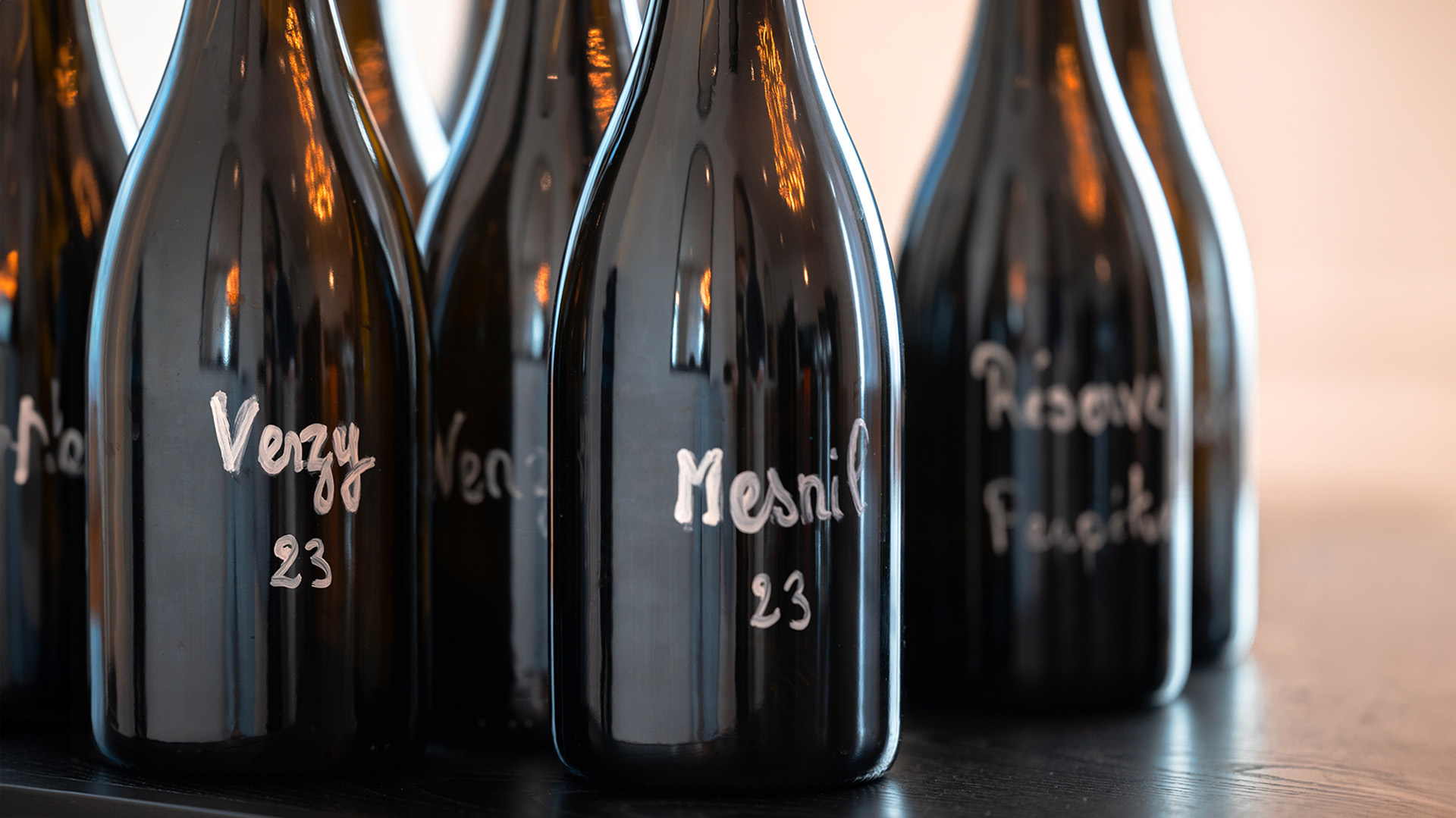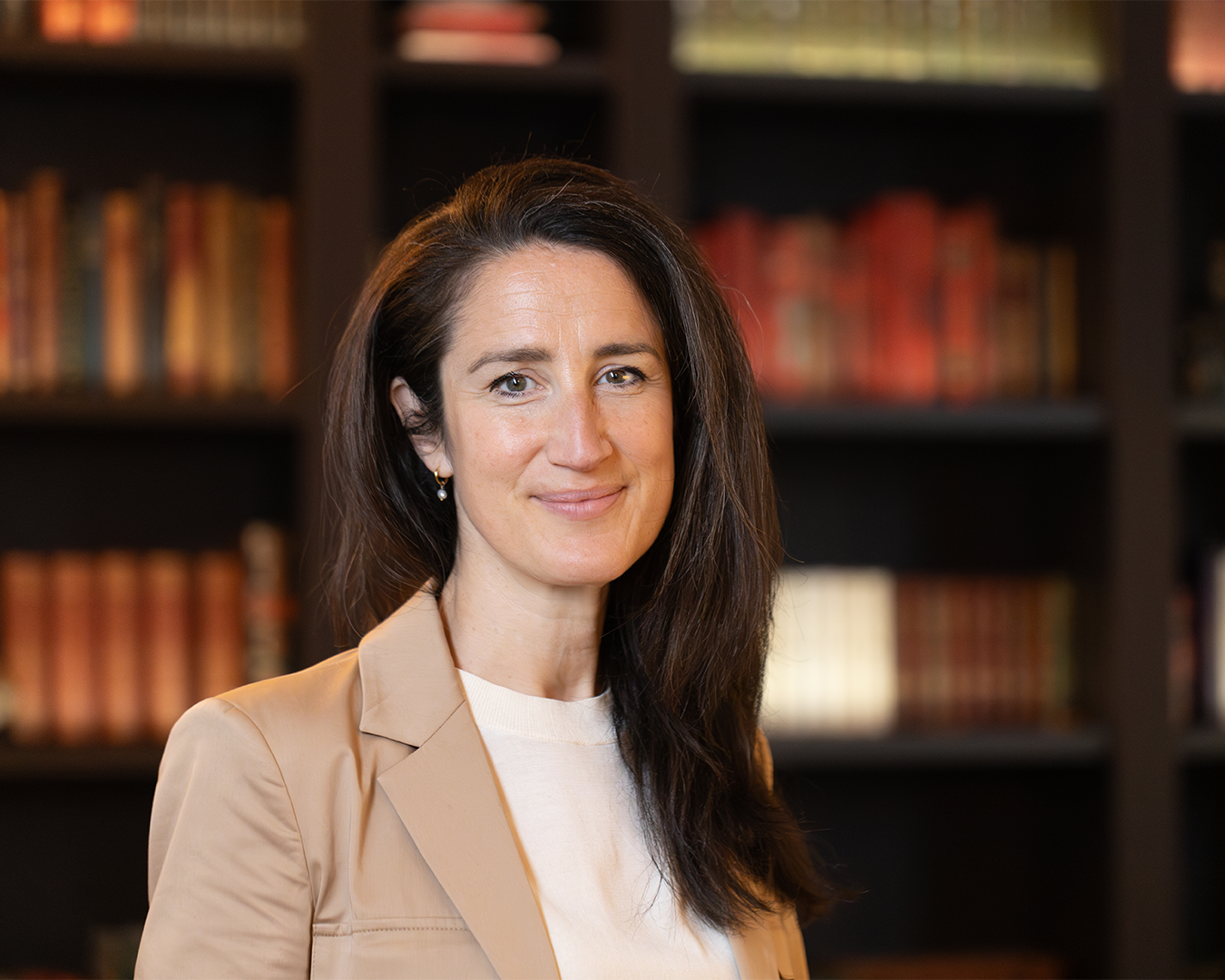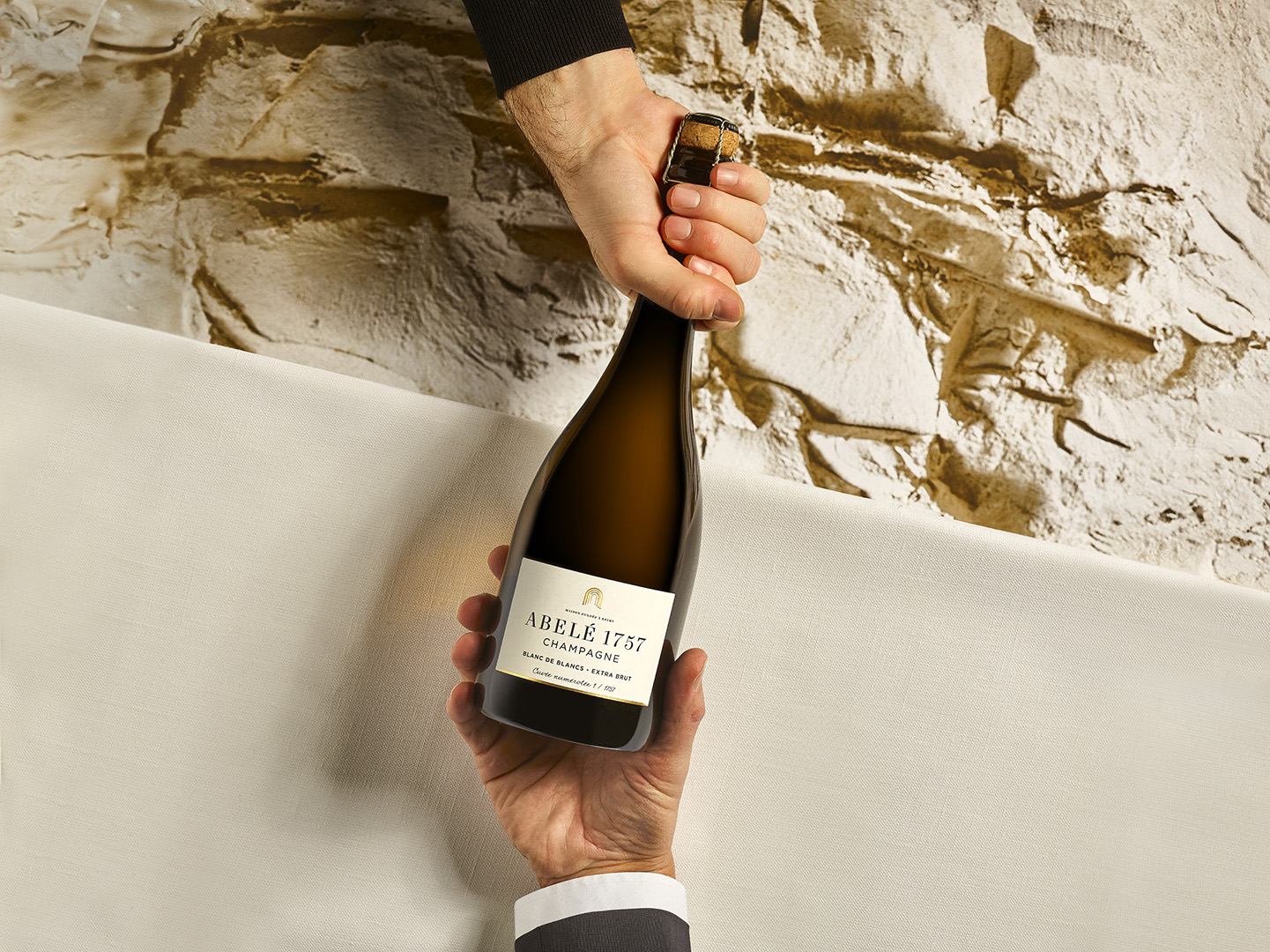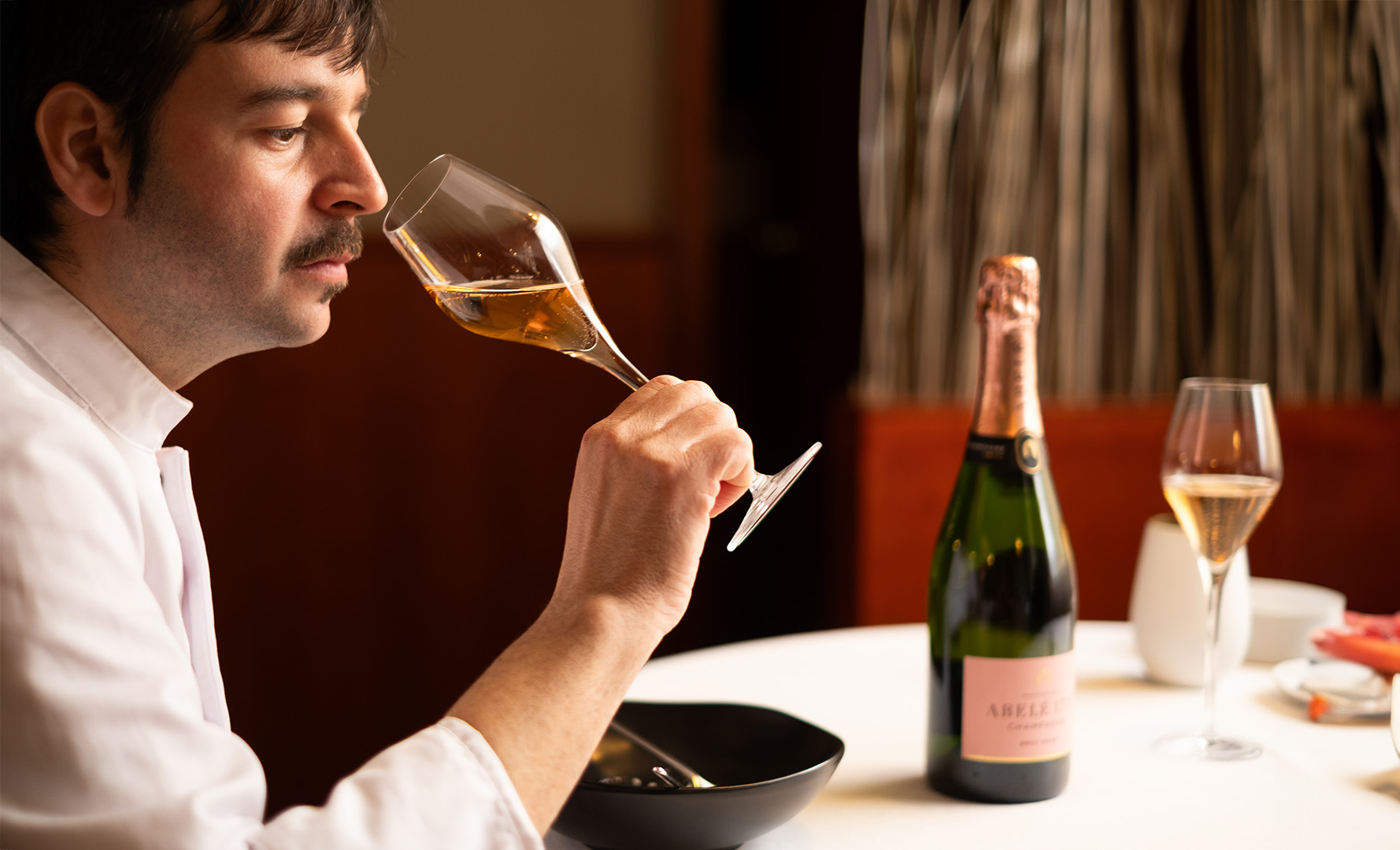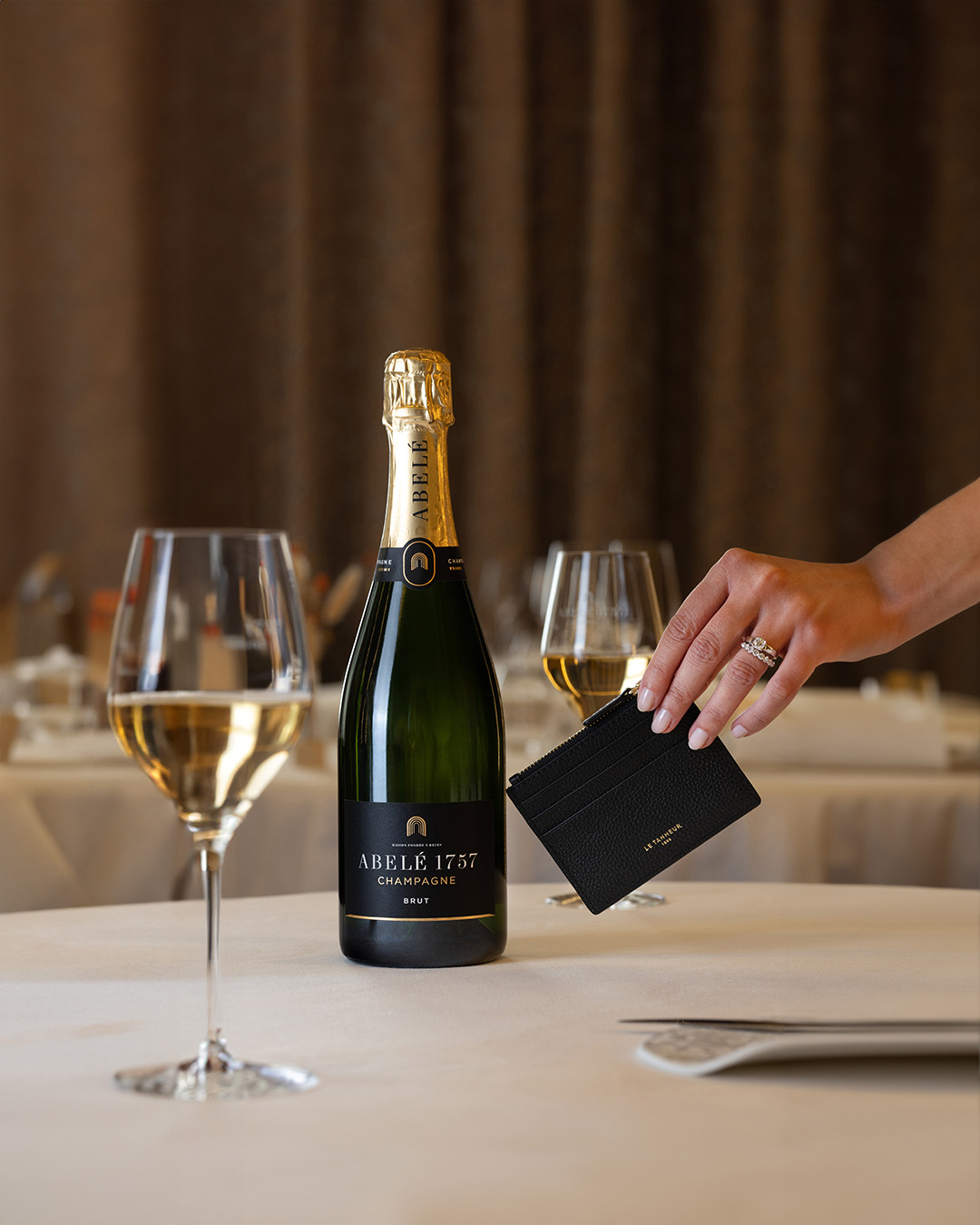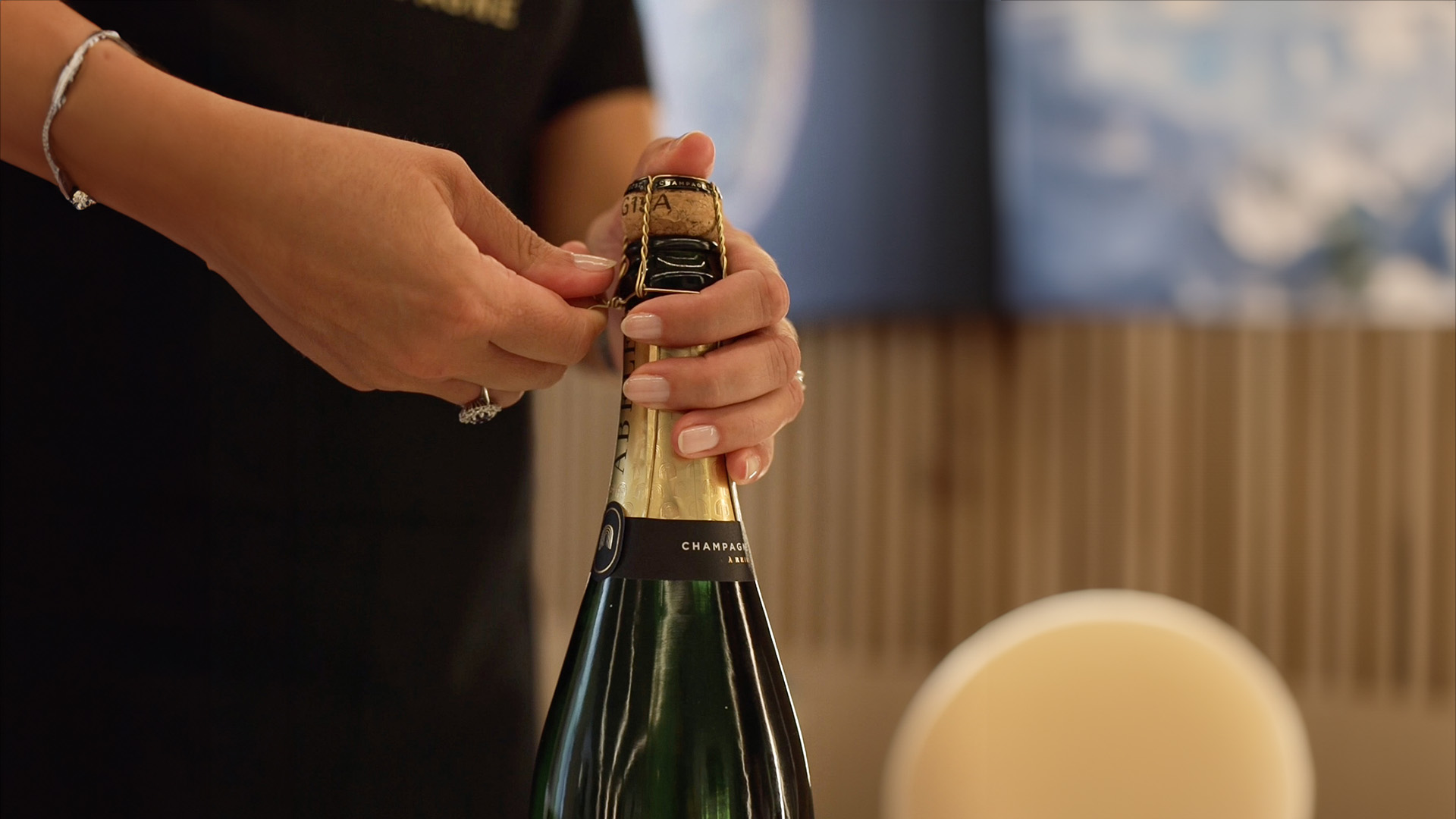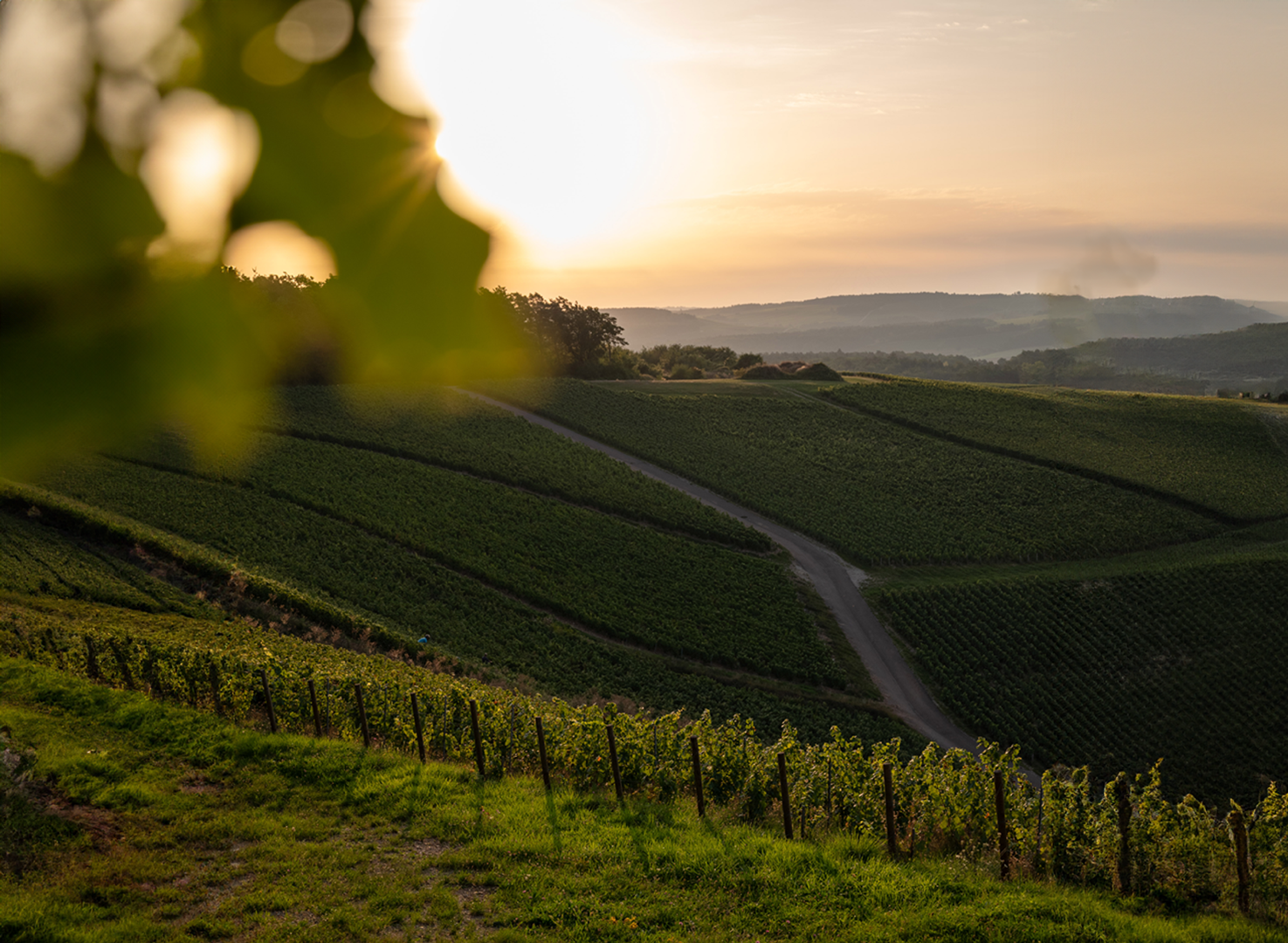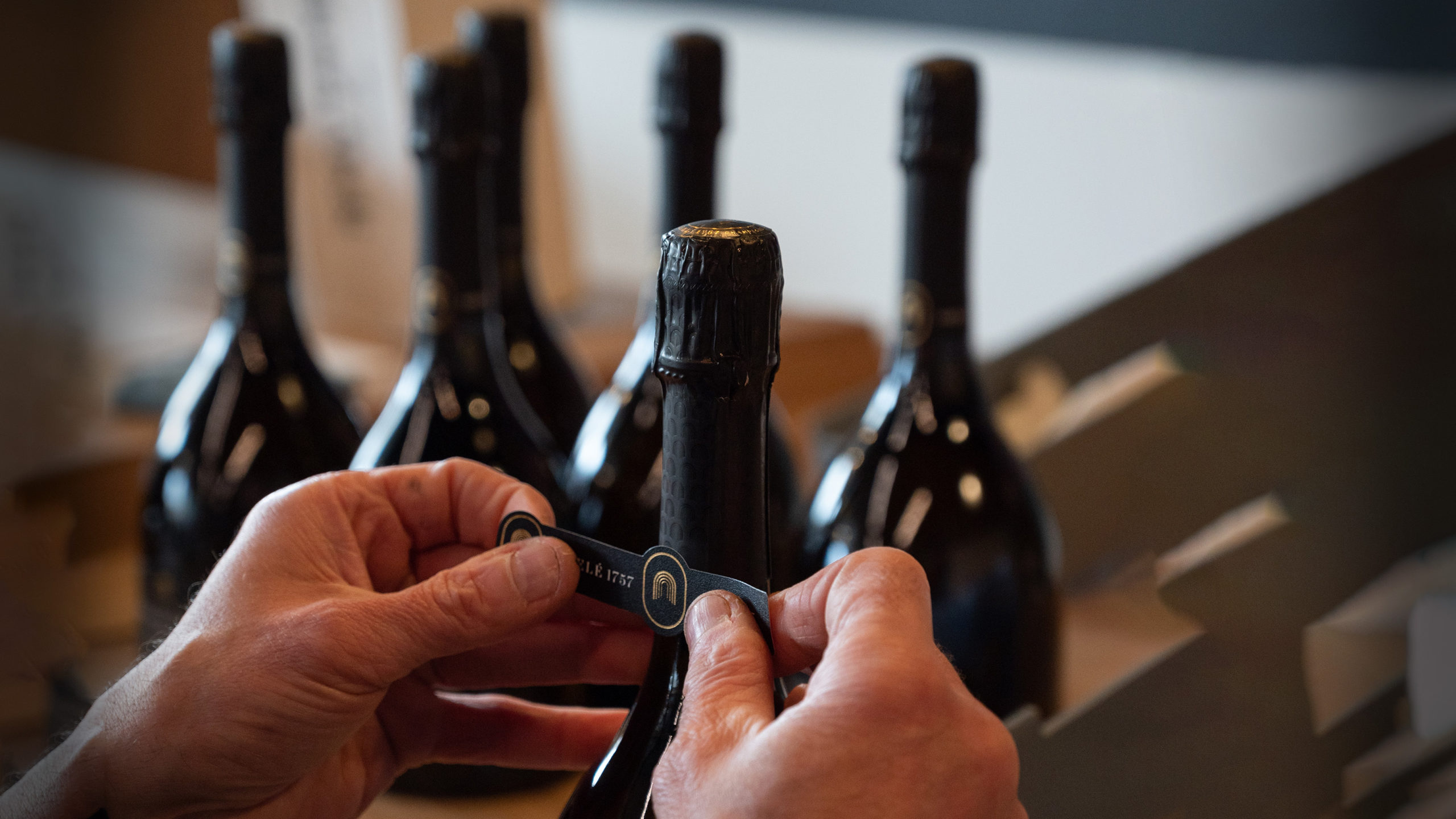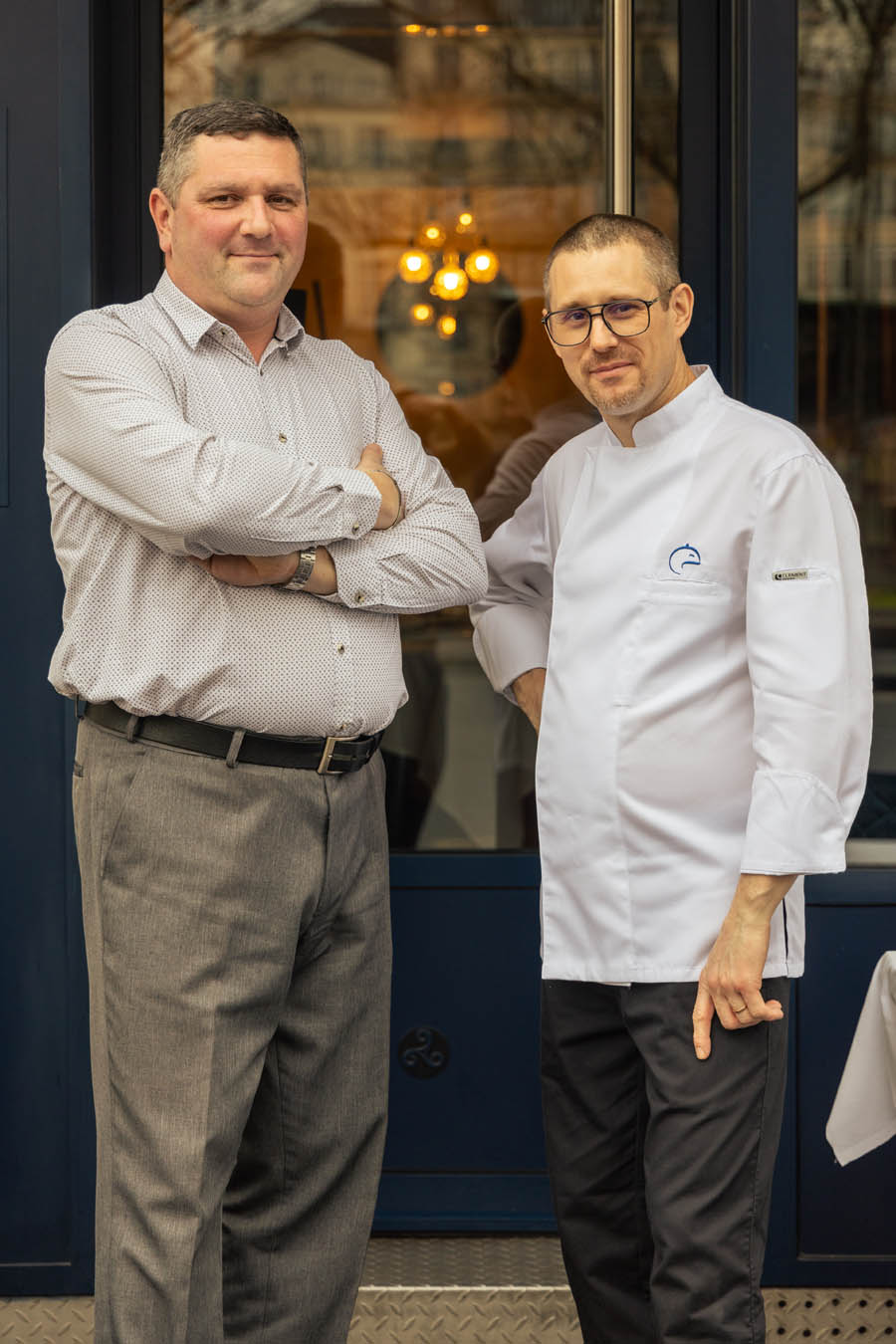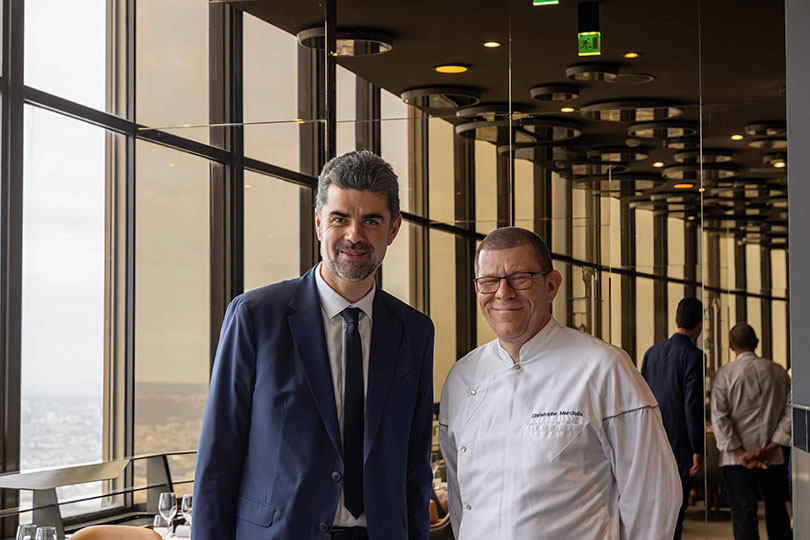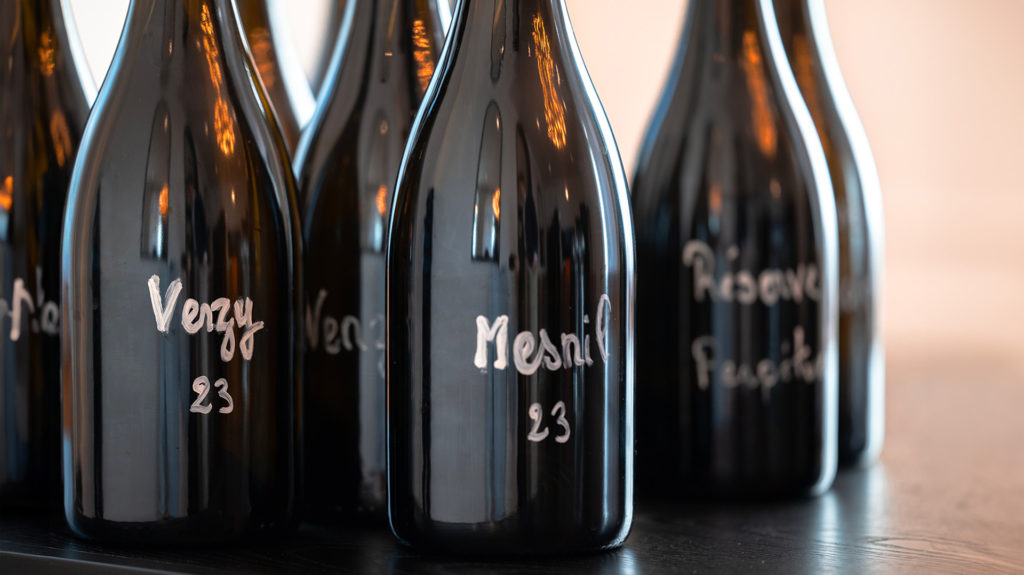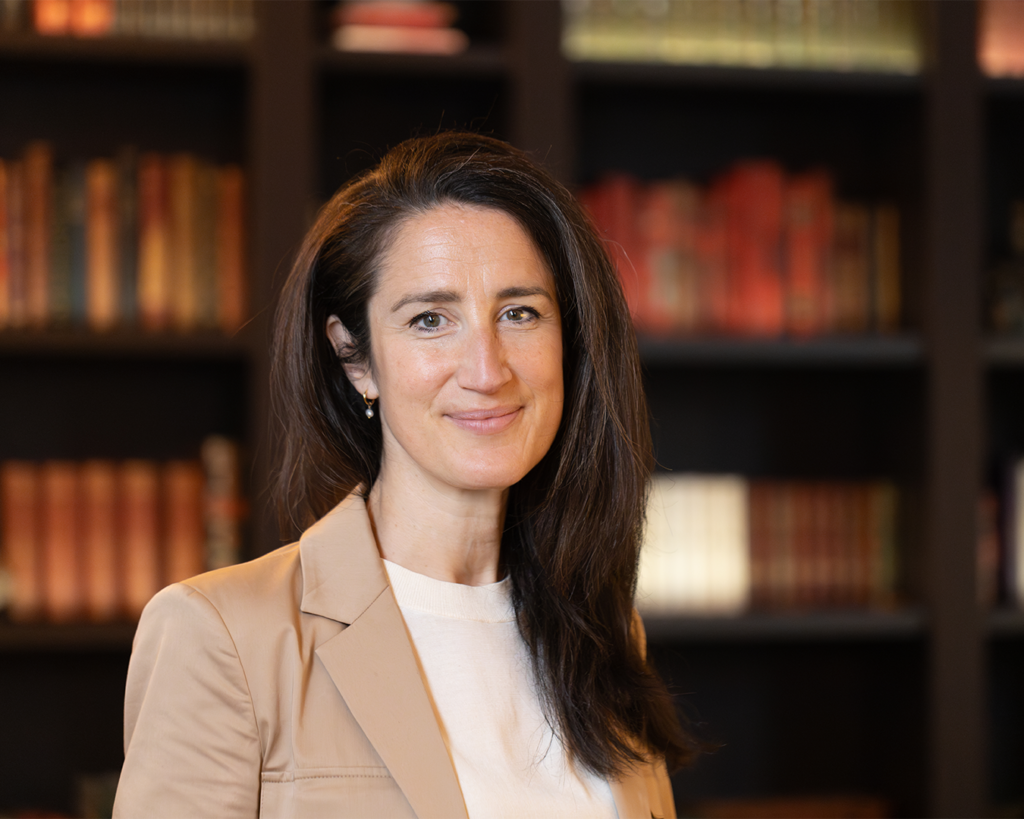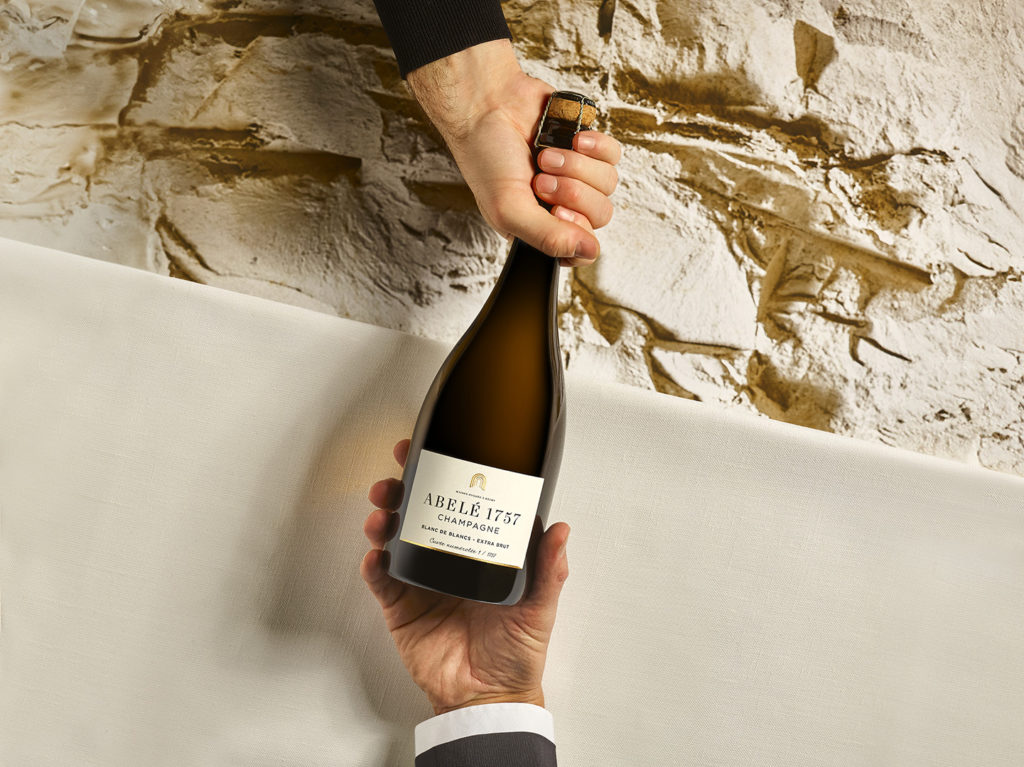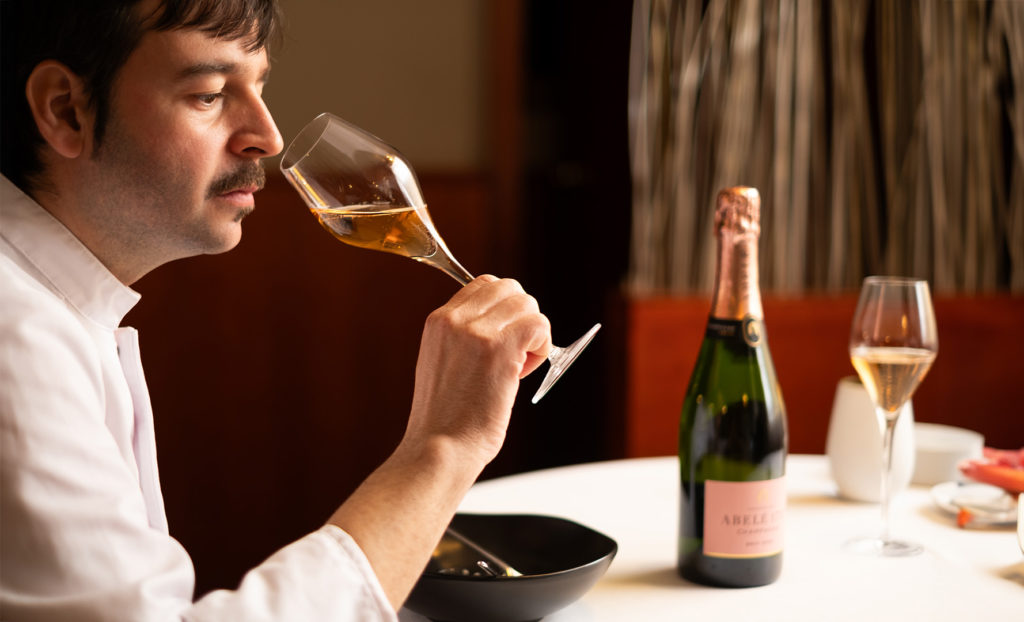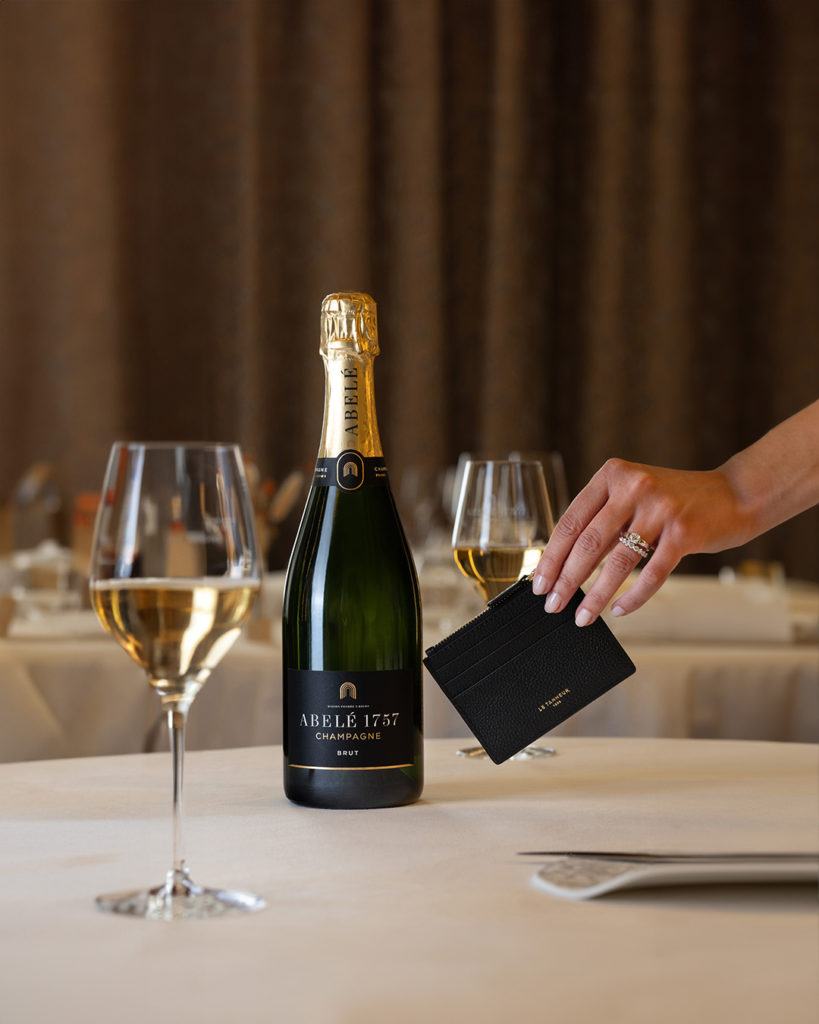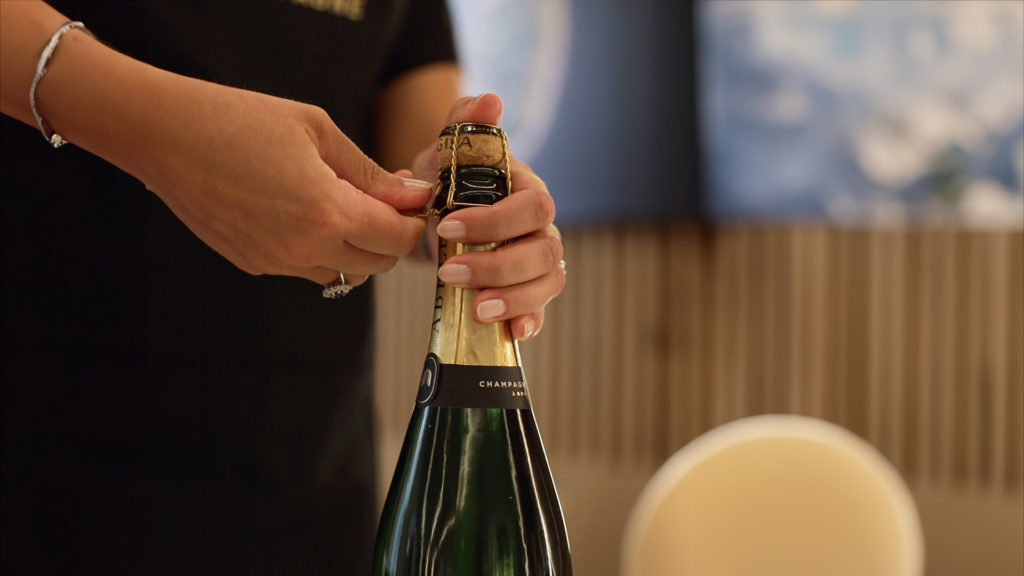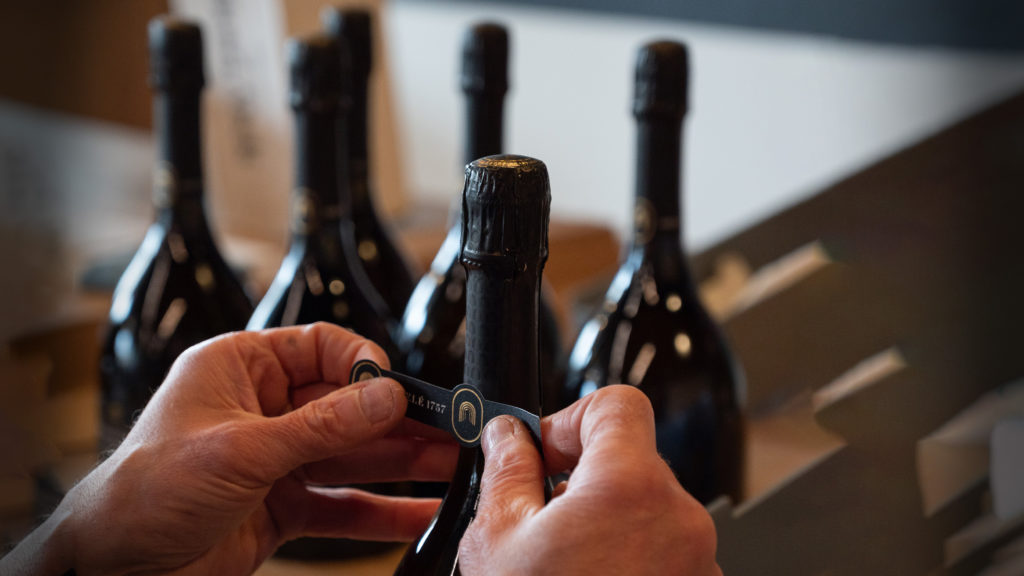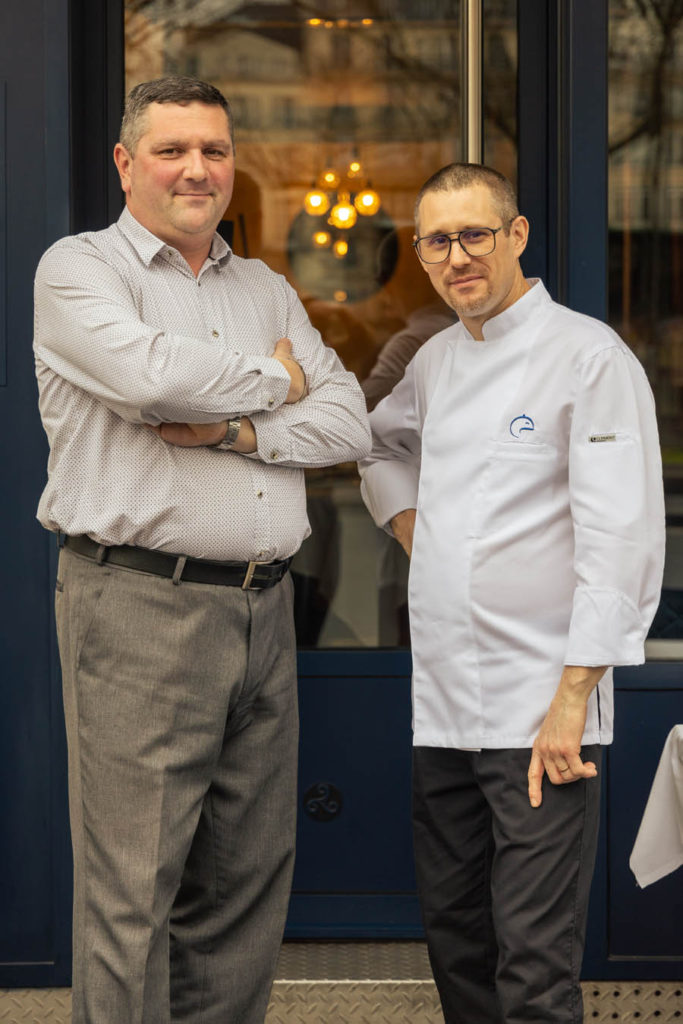More than just a motto “Taking time” it is truly the heart of our Maison’s work. Time isn’t a simple measure to us, but a precious essence, chore element of our champagnes’ excellence. Guided by Etienne Eteneau, the Cellar Master of Maison Abelé 1757, delve into the freshness of our cellars, a mystical place where time seems suspended. A journey where each bubble tells a story, each sip reveals a heritage. From the birth of aromas to the subtle balance between youth and maturity, every aspect of the champagne ageing process is meticulously explored, unveiling the secrets that shape Maison Abelé 1757’s iconic cuvées.
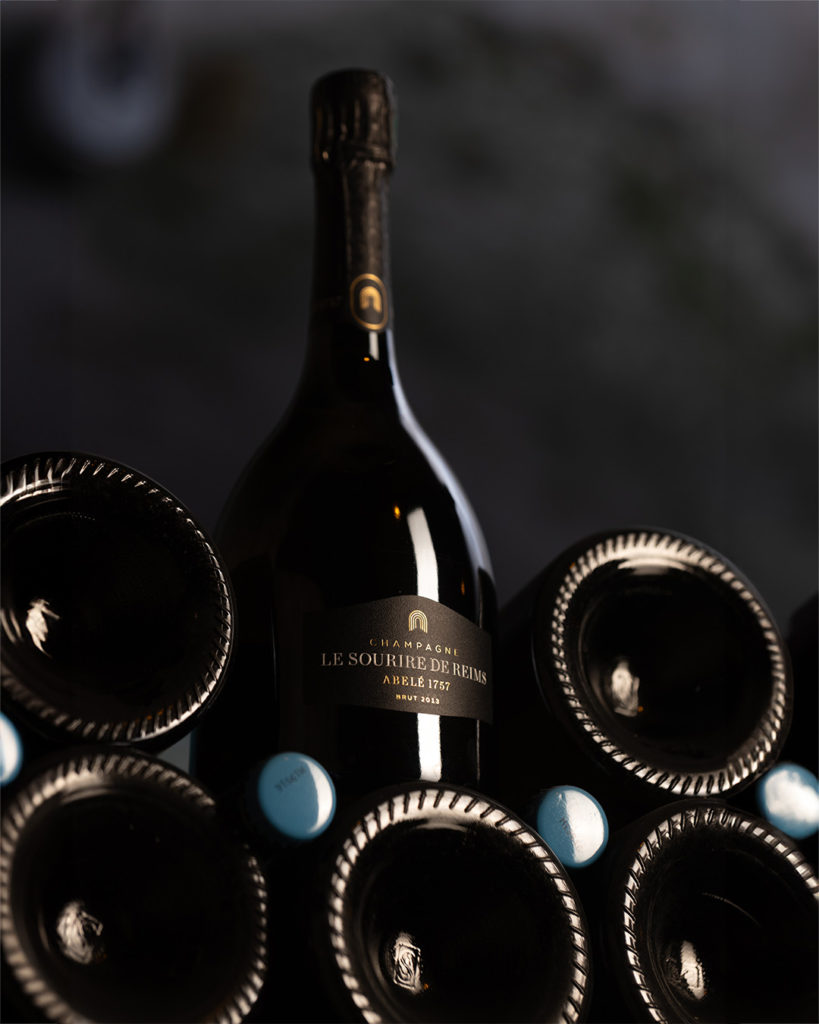
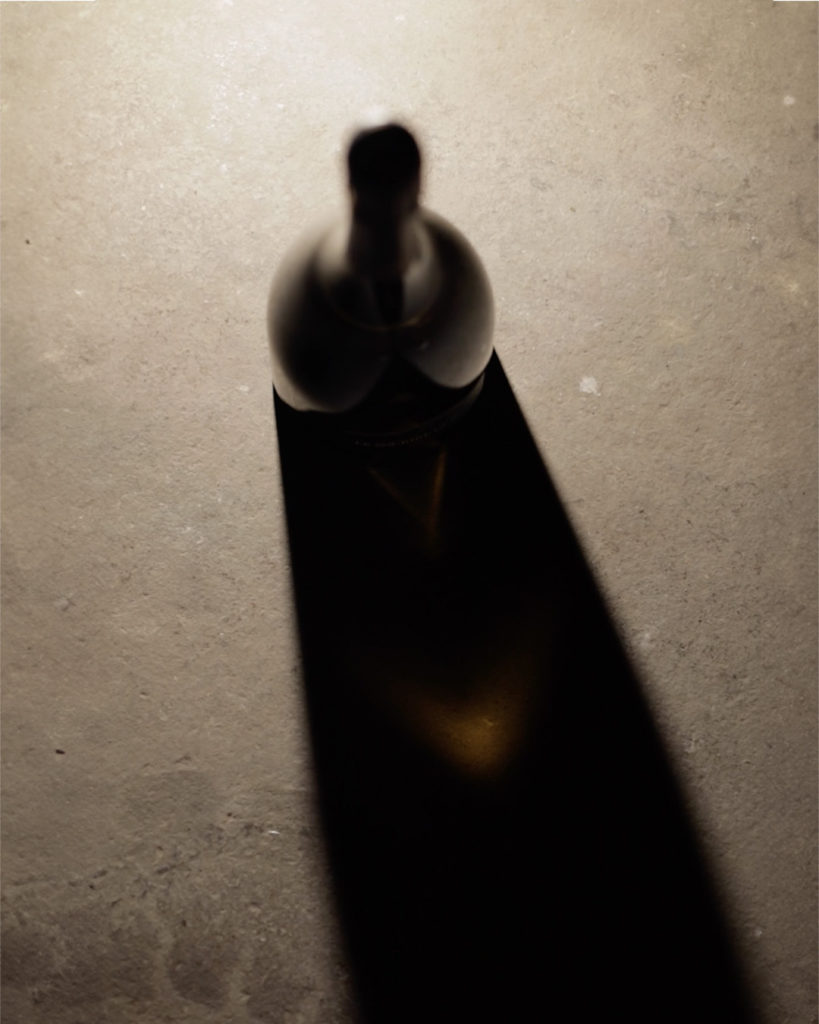
How would you define the notion of “long time” at Champagne Abelé 1757?
In my opinion, the notion of temporality is manifold. It includes aging time, vintage time, fermentation time and generally oenological time must be respected to achieve a quality process. One must remain vigilant because the notion of long time is a delicate balance between “good long time” and “too long time.”
Aging is a dynamic stage. After disgorgement, young champagne develops fermentative aromatics and notes of fresh fruits. The aromatic palette varies according to the grape variety, the type of closure and the ageing conditions. It can be fruity, spicy, toasted or even jammy, honeyed or brioche.
The challenge is to find the right moment to respect the style of the cuvée. If you want a champagne with floral aromas and very fresh fruit, you should choose a young champagne. For instance, if you want aromas of undergrowth, nuts, prunes or very oxidised notes, you should choose a more mature champagne, especially Meunier, etc.
Long ageing is one of the technical elements that will bring the right combination to accompany the balance, aromatic power and finesse of the bubbles. Time alone is not enough. In fact, the evolution of a great champagne is the sum of technical steps that leads to the ultimate quality.
What happens in the intimacy of the bottle, between the yeast and the lees during the second fermentation… This autolysis of the yeast will reveal and develop a whole aromatic potential. Furthermore, it refines the bubble in all its aspects: size, shape, touch… Because it has not had time to develop, the bubble of a young champagne is powerful and significant. For a more mature champagne, autolysis allows the development of finer and more delicate bubbles. Time is an ally in creating cuvées of great finesse and balance. But you have to know how to accompany them over time so that their aromatic profile matches the style of the Maison.
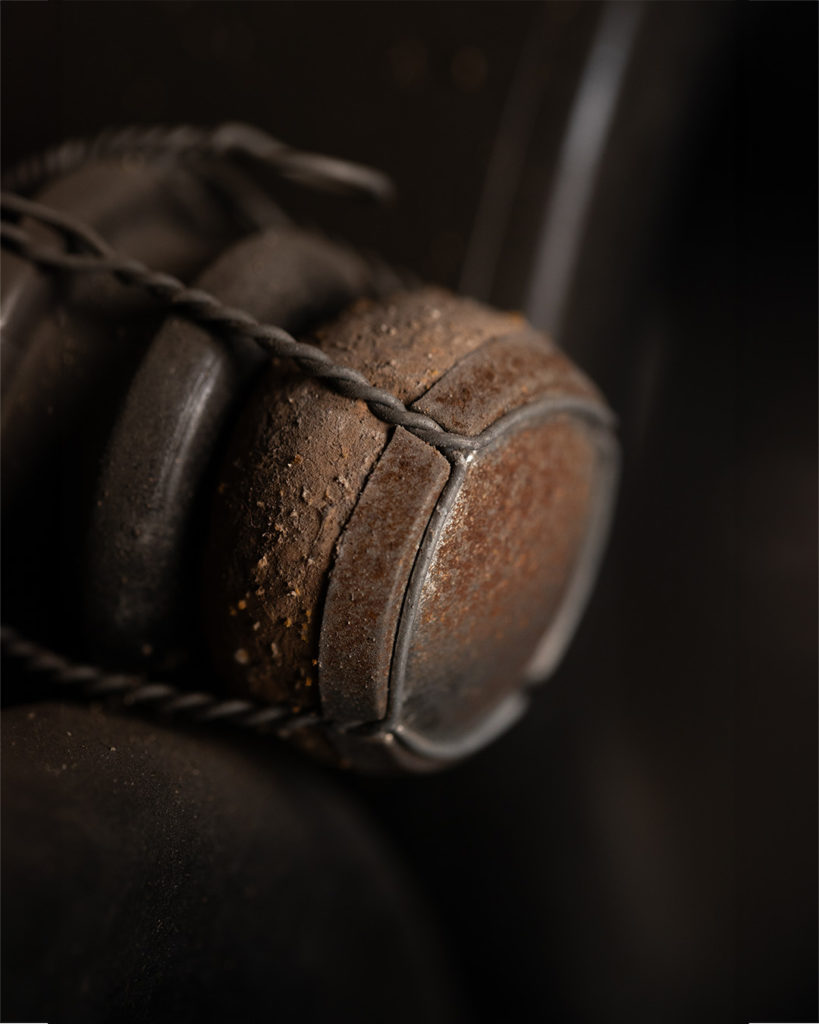
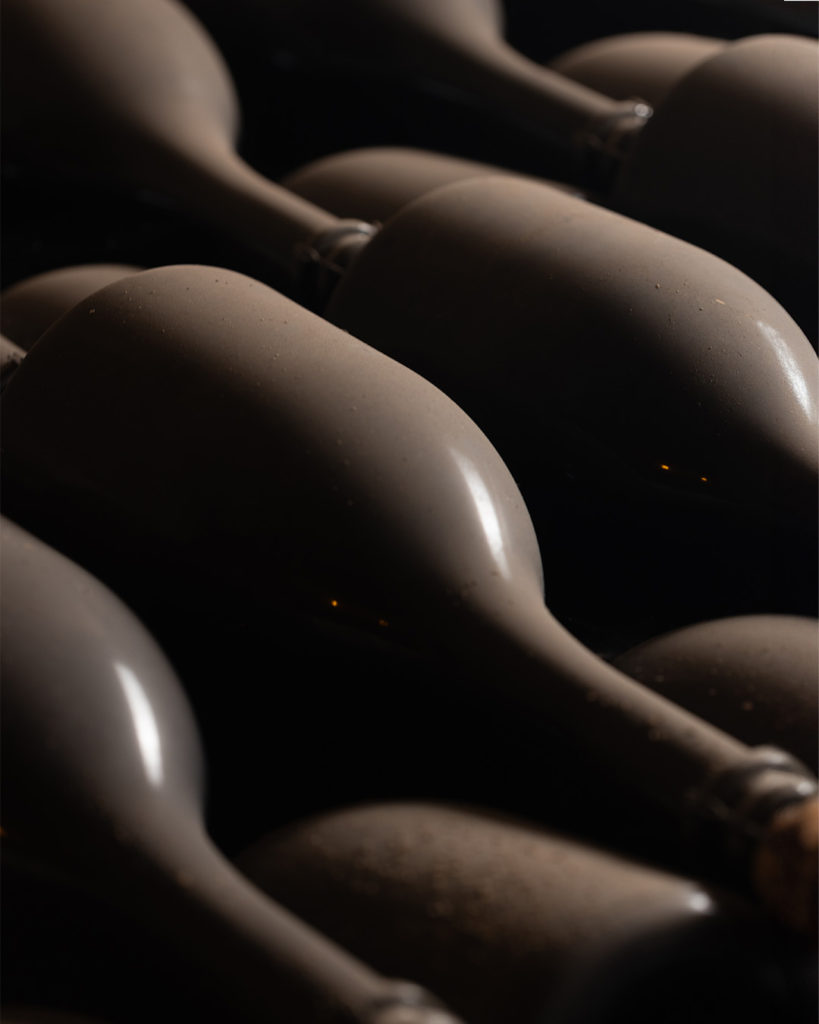
How is it a key element in the signature of the Maison’s cuvées?
The Abelé 1757 style is defined by the perfect balance between youth and maturity. During the champagne ageing, I try to rid them of their youthfulness without taking them into an overly oxidised or patinated aromatic universe.
This optimal maturity is a more or less wide window, depending on the Champagnes in the range. It requires patience, between three and five years for non-vintage wines and almost fifteen years for exceptional cuvées.
What is their history and importance in the champagne ageing process ? How do the environmental conditions in the cellars contribute to the unique character of your Champagnes?
The cellars of the Maison Abelé 1757 are located on the Rue de Sillery in Reims, at the foot of the Saint Nicaise hill. They are centuries-old cellars dug 25 metres below our feet, directly into the chalk. The ideal depth to guarantee a stable temperature throughout the year – from 11°C in winter to 13°C in summer.
This very slight variation between the seasons plays an active part in the ageing of our champagnes. Humidity is very important, and is close to 100% for 12 months of the year. The darkness and silence that reign here are part of the ideal conditions for our champagnes to age peacefully.
All these characteristics are extremely favourable for preserving the freshness potential of our wines. Vertical tastings of our vintages, whether classic vintages or Le Sourire de Reims, always reveal a remarkable freshness, whether aromatic or gustatory. I am convinced that the conservation within our chalk cellars plays an essential role in developing and maintaining the freshness potential of our great Champagnes.
Can you tell us about the importance of aging on lies in the cellars?
When we talk about champagne ageing, we must distinguish between two key moments. After bottling, the wine undergoes a first phase of aging during secondary fermentation. Then comes the aging phase on the lees until disgorgement.
During these two phases, the aging characteristics are extremely important. Maison Abelé 1757 and the entire winemaking team pay close attention to the control of bottle fermentation. It aims at ensuring that the champagne ageing process is perfect.
In my opinion, the temperature is a decisive factor for the aging potential of Champagne and the finesse of the bubbles. This is a technical point and still relatively rare. However, a fermentation at high temperatures (> 18°C) in non-buried cellars will have a less significant yeast population compared to low temperatures (12°C). The result affects the potential aromas, flavors and textures. The cellars at Maison Abelé 1757 are spread over two levels, creating temperature differences between the floors. Bottling takes place between April and June. At this moment the cellars are still cool and then gradually warm up as the months go by. On the -2 level, the thermometer reads 11°C, a little too cool for yeast development during secondary fermentation.
During bottling, we select the soil that offers the ideal conditions for autolysis, allowing the Champagnes to develop their aromas. Once the secondary fermentation is complete, we move the bottles to the lower level. Because there the temperature is cooler and the humidity is 100%. An area is dedicated to the vintage cuvées Le Sourire de Reims Brut and Le Sourire de Reims Rosé.
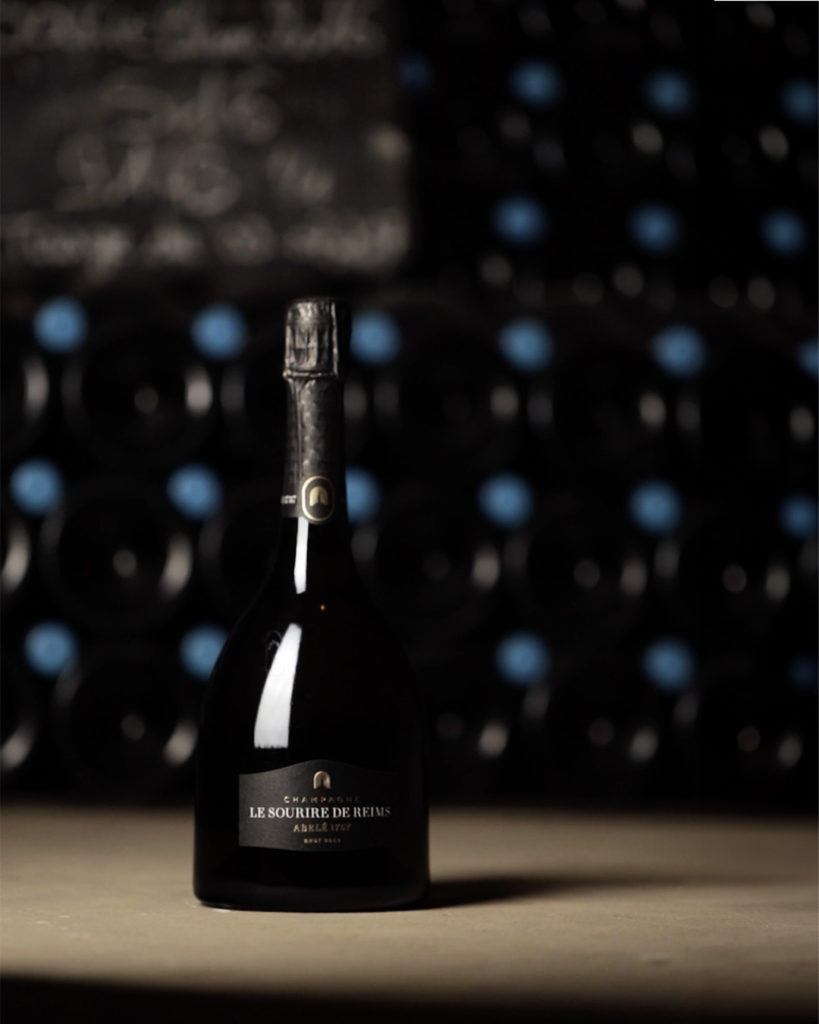
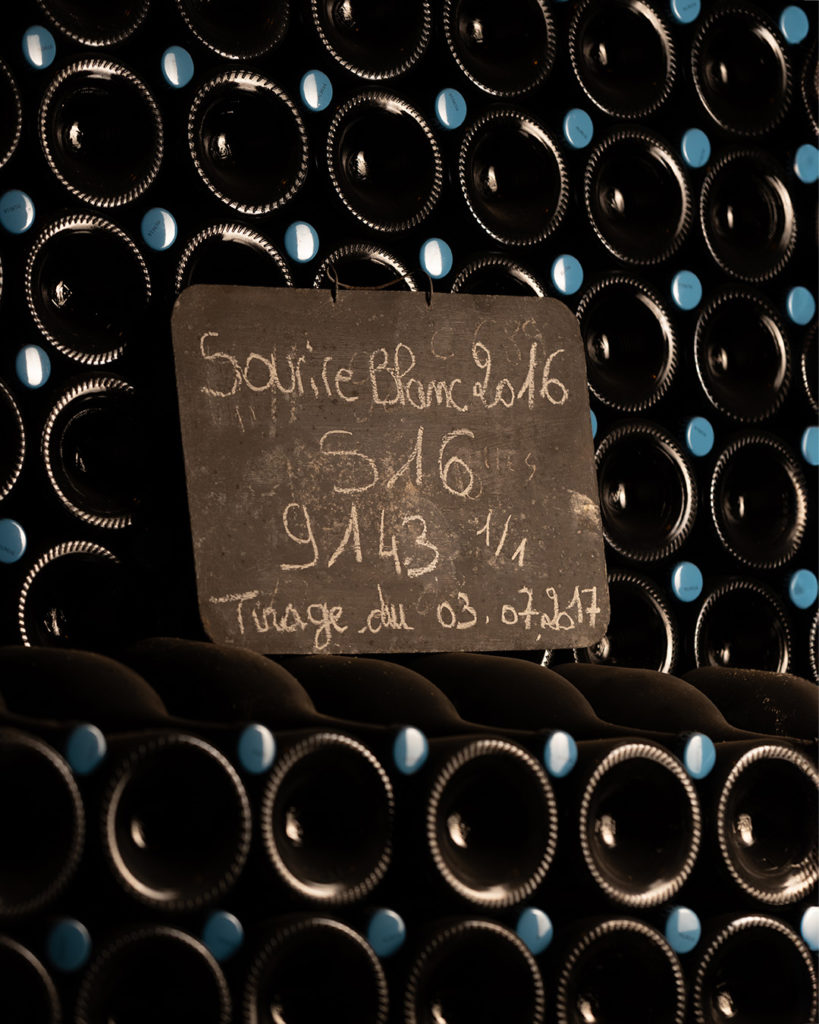
How does this influence the complexity and aromas of the Champagnes?
To ensure that non-vintage cuvées develop the best balance, Maison Abelé 1757’s champagne ageing time is 36 to 48 months. This is well beyond the regulatory minimum of 15 months required by the appellation.
For the vintage cuvées Le Sourire de Reims, this time is doubled, or even tripled for the Rosé version. These champagne ageing times must be integrated into our thinking from the creation of the Champagne. In fact, even from the harvest or parcel selection.
Aging time complements all the work that has been planned and carried out beforehand. Six months before disgorgement, I start dosage tests. Because it shall ensure that the style of the cuvée perfectly matches the Maison’s signature. These are verification tastings to choose the most balanced dosage. That is to say 3 g/l for the Blanc de Blancs Extra Brut cuvée and 5 to 7 g/l for our BSA and vintage cuvées. This dosage helps us achieve a delicate, fresh, and extremely long-lasting finish, trail, and persistence in the mouth.
What are the main challenges you face in managing long time and Champagne aging?
Our main challenge is to anticipate the evolution of cuvées bottled more than five years ago. In fact, they may exhibit imbalances between acidity and potential alcohol. For several years, climate change has impacted the vineyard.
Harvests are increasingly early with shorter maturity cycles, higher alcohol levels, and acidity challenged by heatwaves during the summer period. From an analytical and taste balance point of view, we have little hindsight. For the non-vintage cuvées, we are in the second rotation since 2015. But when it comes to great vintages that we will keep in cellars for more than 10 years, it is still unknown.
The acquired knowledge is affected by these changes. Rigor is required to regularly monitor the evolution of our vintages. Especially in solar years with strong heat to follow aromatic and taste evolution. By anticipating, we keep an eye on the maturity window so that long time is always an ally.
What story do you want people to hear or feel when they taste one of the cuvées?
Every bottle should tell a story. This is what distinguishes a wine from a great champagne. When I create a new Le Sourire de Reims, the blend has to tell me a story. Besides, it should take me back to the vintage we have just experienced. Is it fresh? Is it sunny? Do I sense tension or generosity?
Without this story, this vibration, even before secondary fermentation, aging or disgorgement, it is impossible to fulfil my mission successfully. All in all, this is the basic condition for success.
Serving a vintage champagne is an incredible moment. It is an opportunity to project ourselves into a history that we encapsulated years ago. Right now, we are selling the 2013 vintage of Le Sourire de Reims Brut. A fabulous year, very fresh and exciting.
For me, it is an opportunity to combine the moment of tasting with my memories of that year. It is a temporal link that anchors us deeply in time and makes us feel the temporality of Champagne. When opening a great cuvée, we should take time to remember its vintage year.
